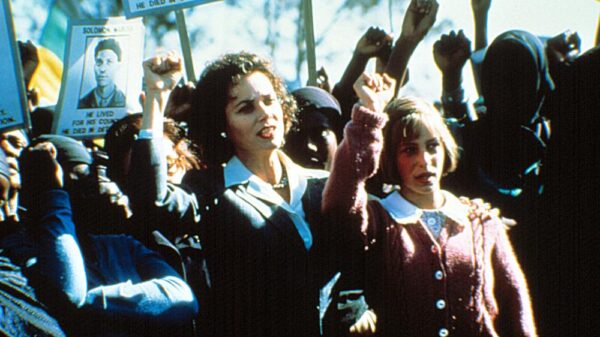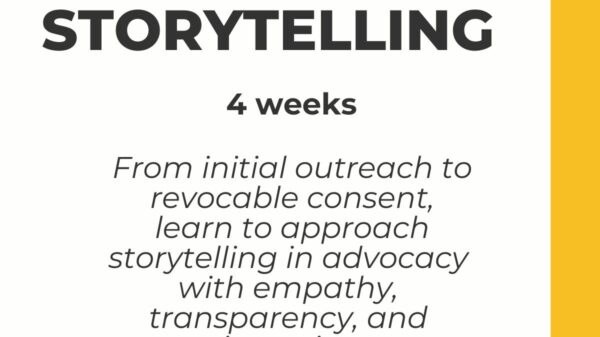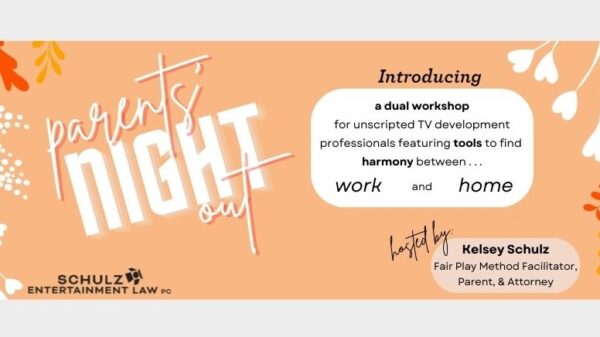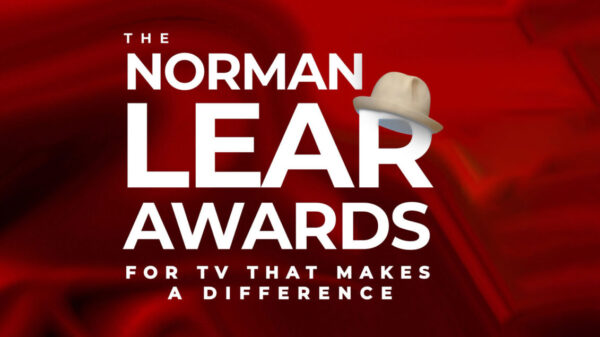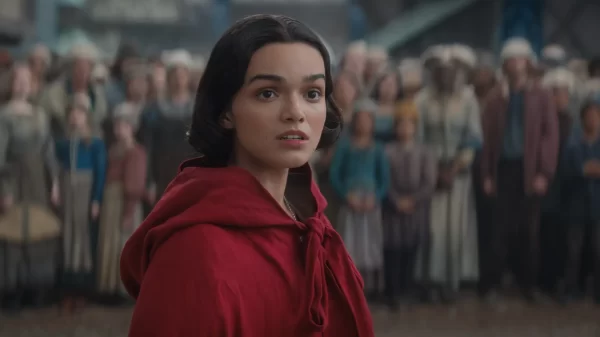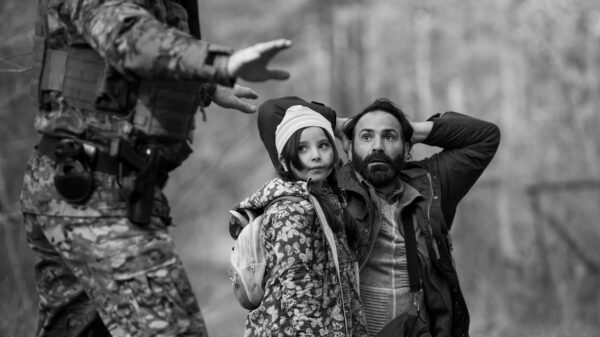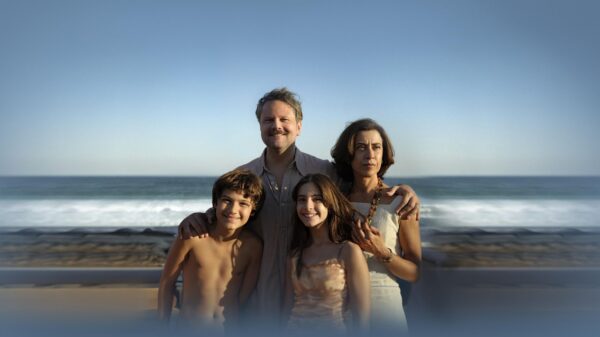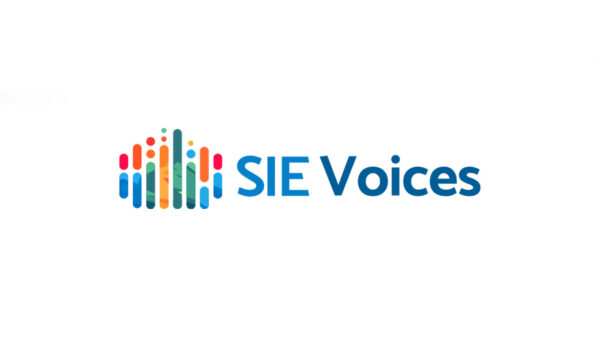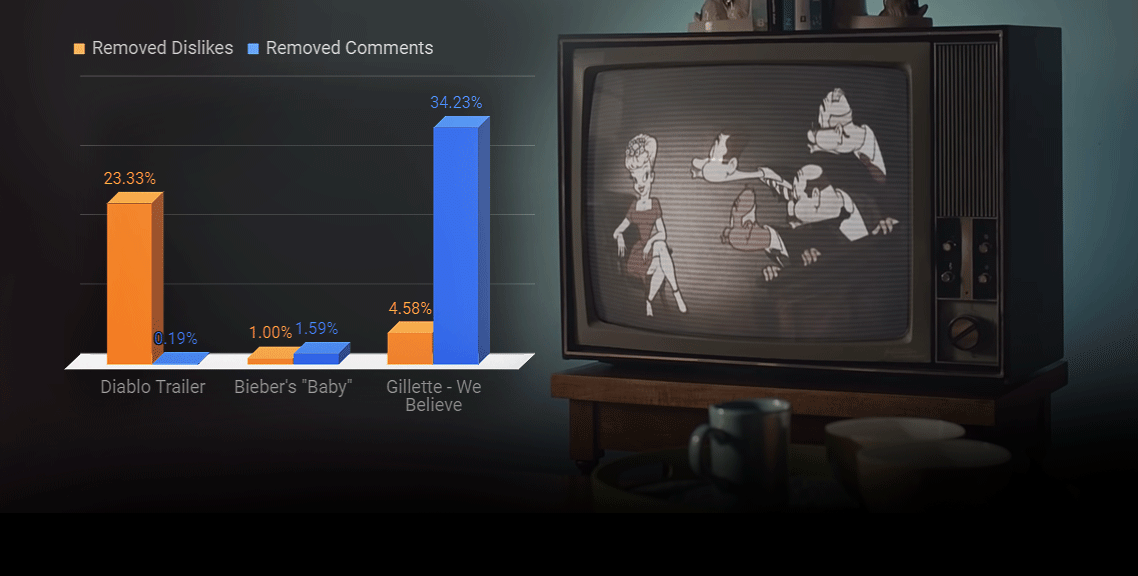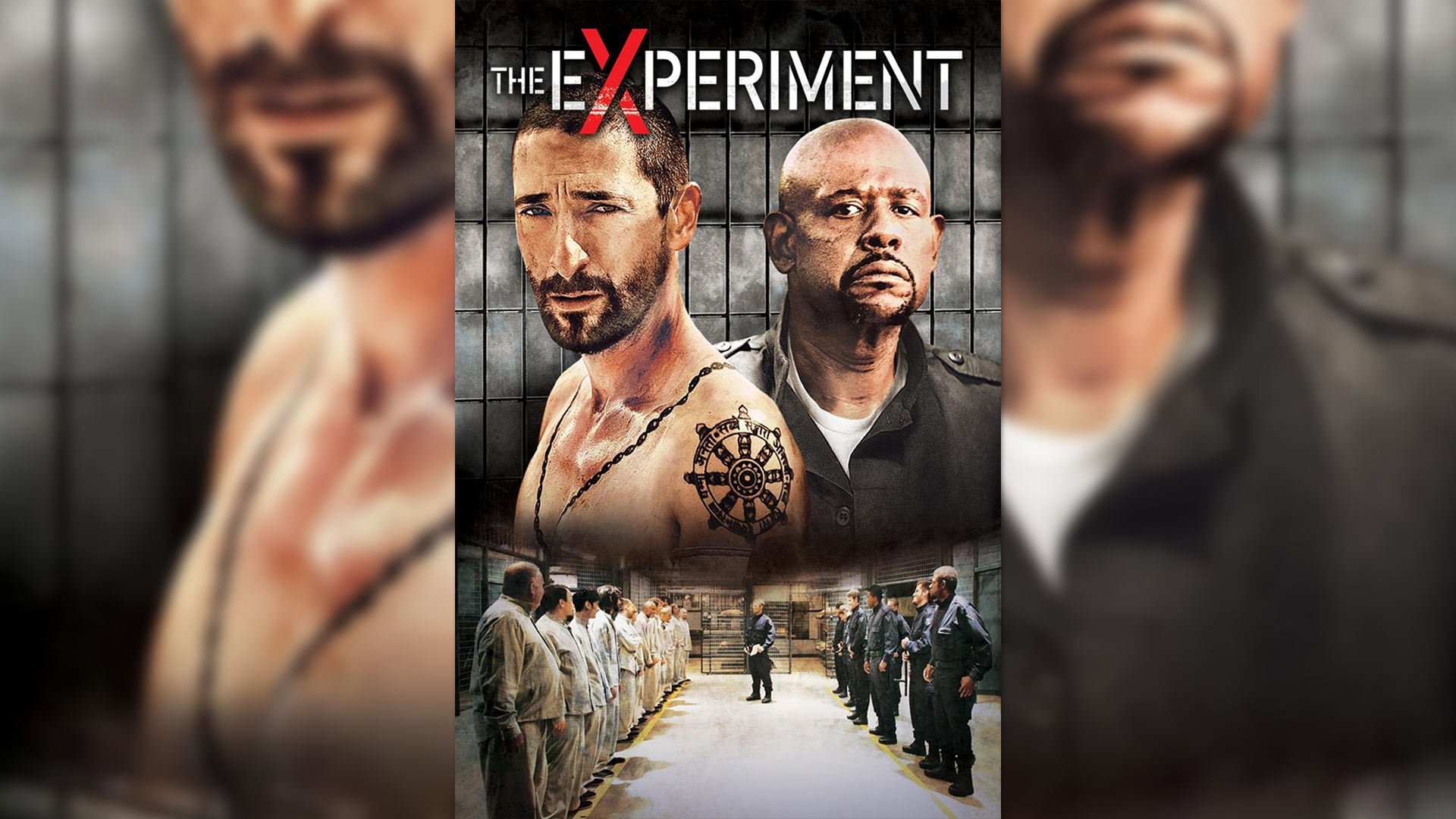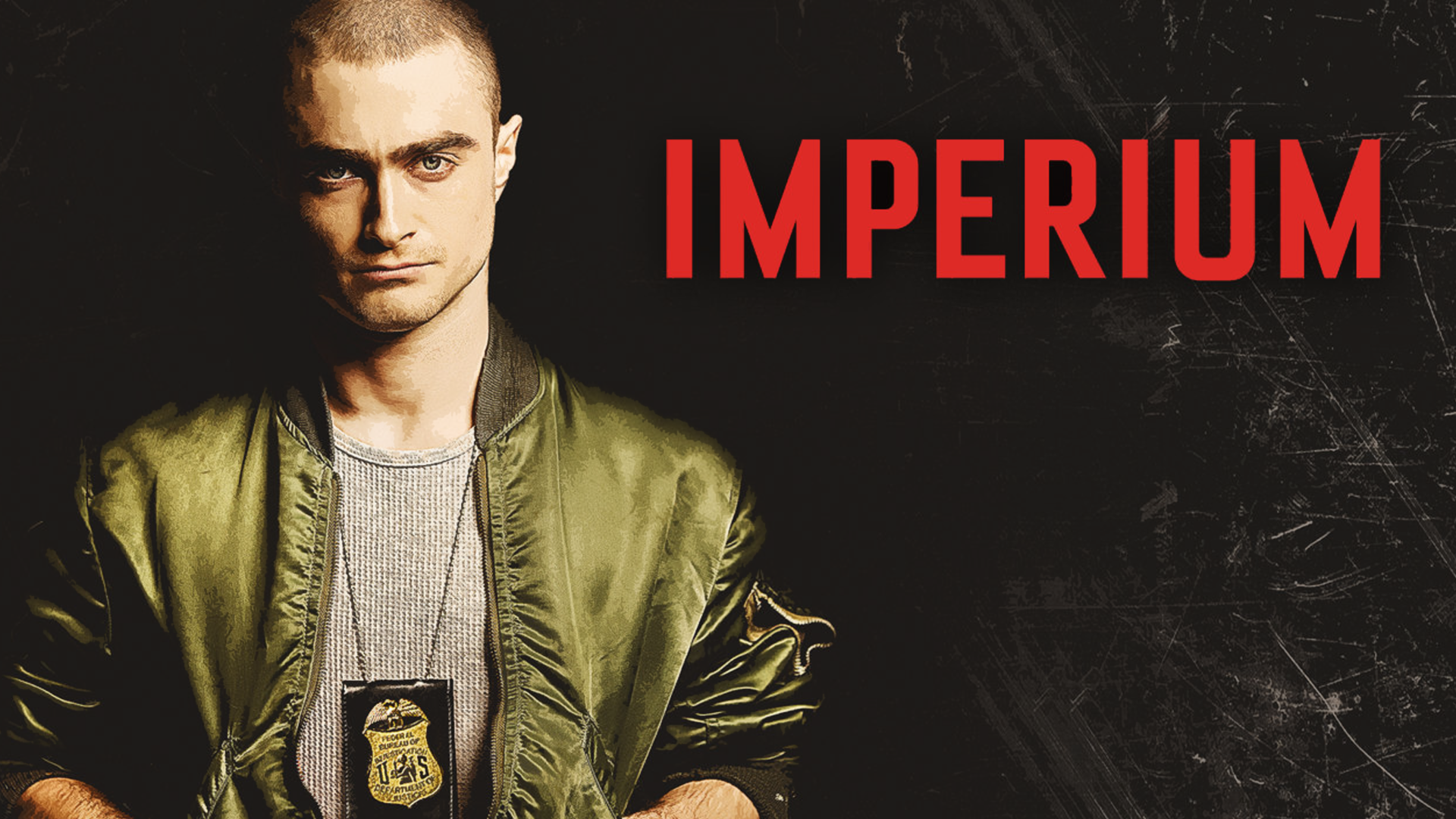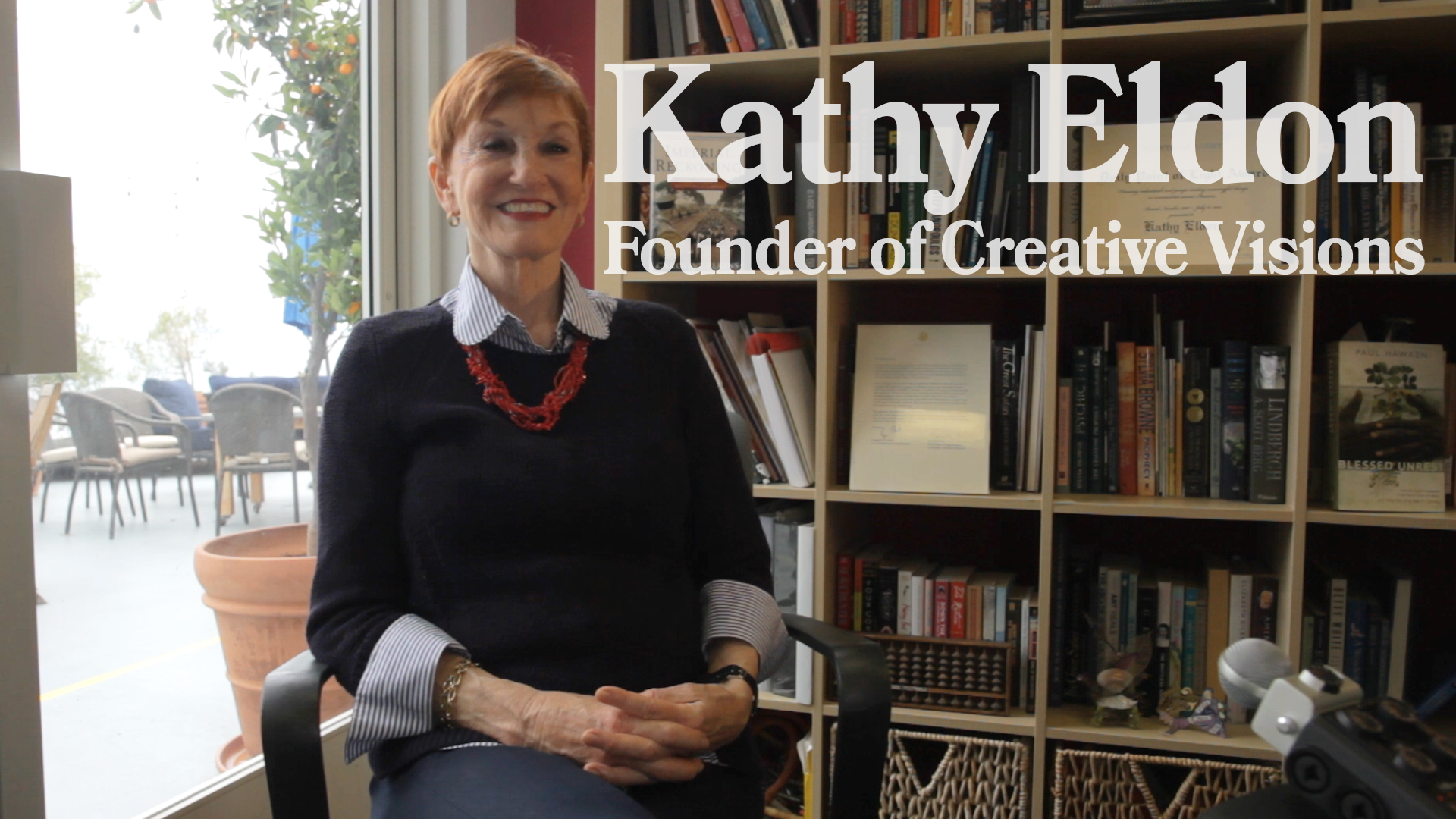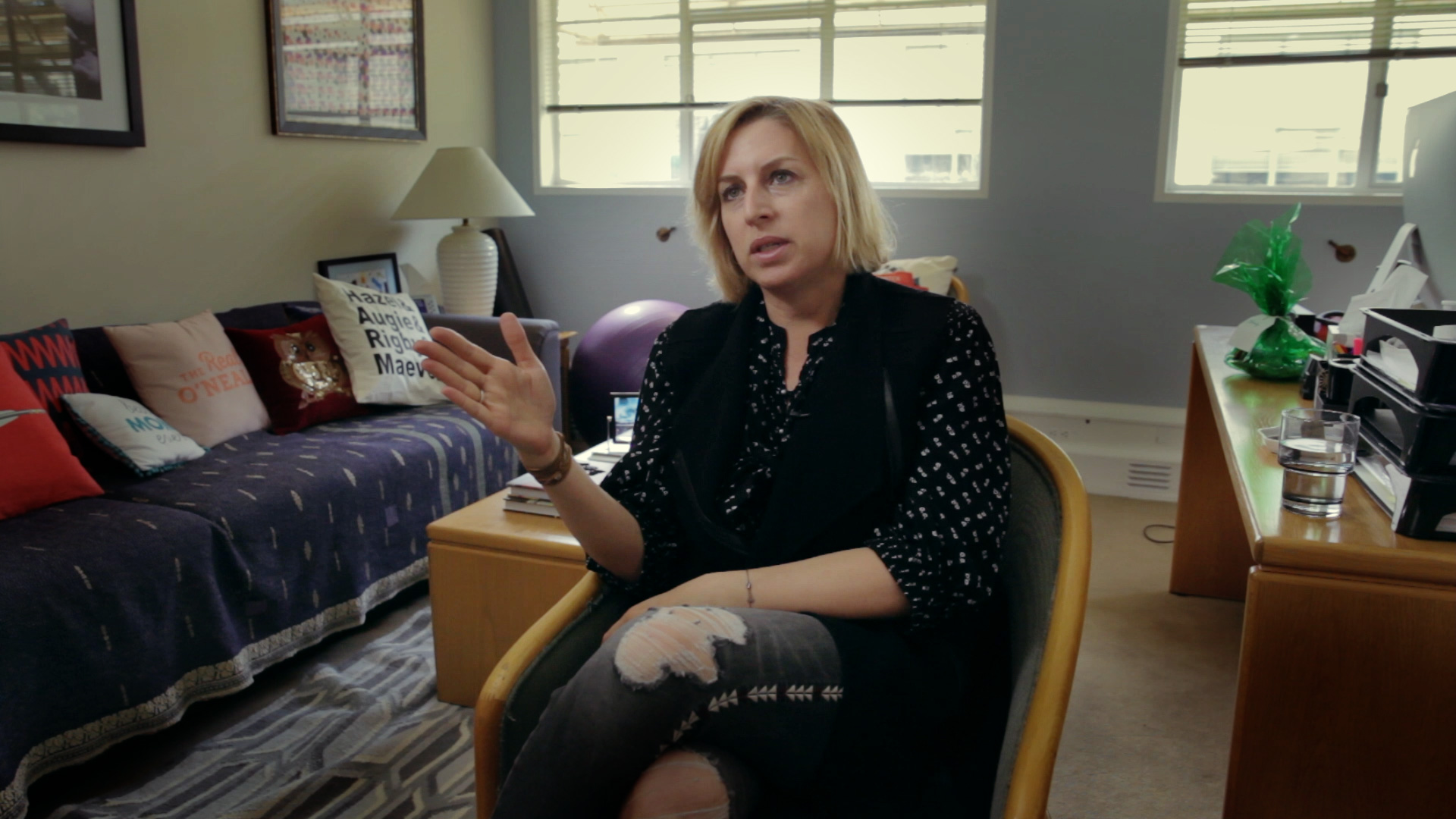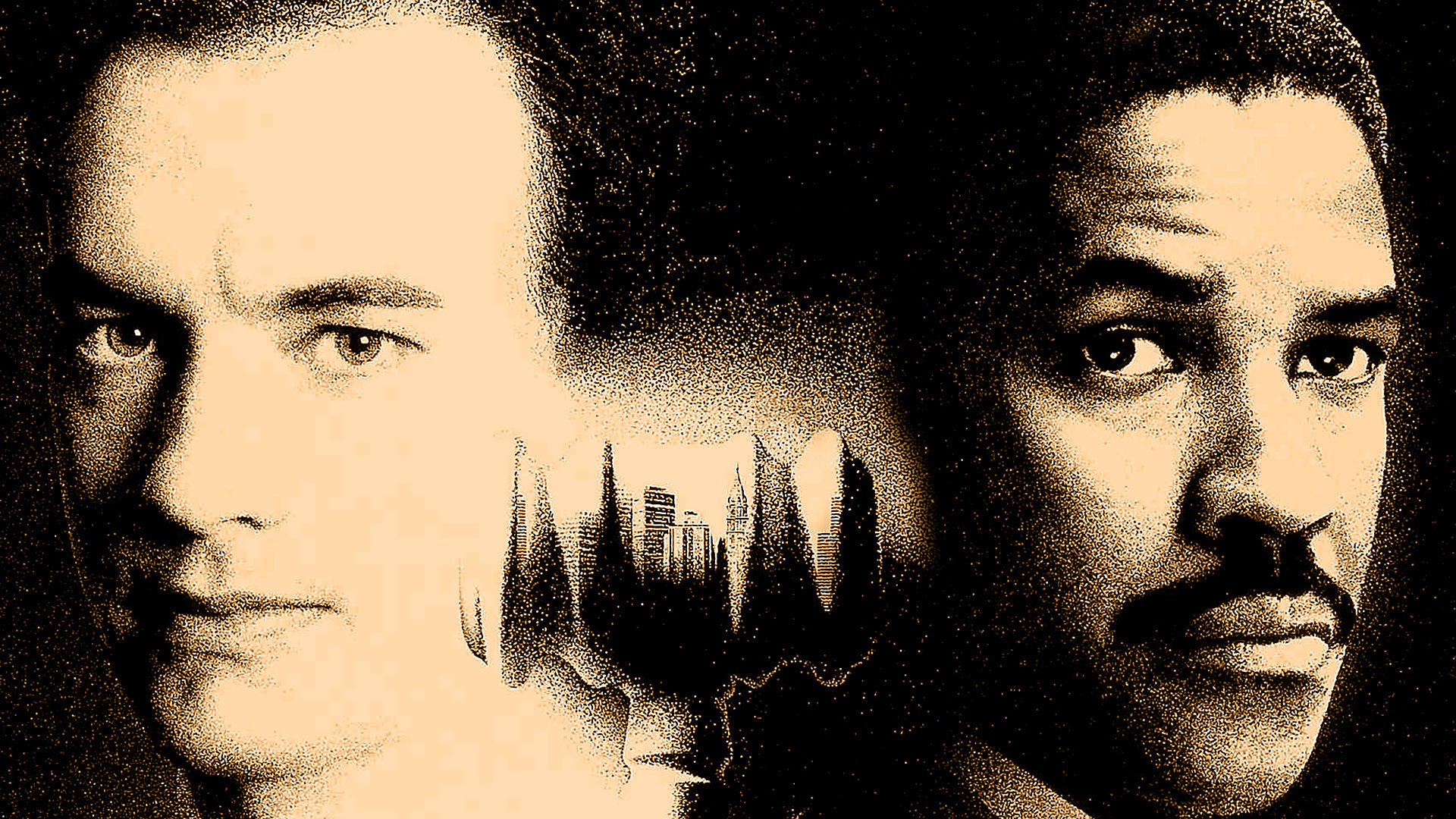Photo Credit: Universal Pictures and Focus Features
To say that it’s been hard to escape any mention of EL James’ juggernaut hit 50 Shades of Grey series is an understatement. Ever since March 2012 when 50 Shades of Grey first popped onto the literary scene at the top of the bestselling charts it’s seemingly become an juggernaut, continuing ever upwards with record breaking book sales and recently the first movie of a planned trilogy. The first movie of the trilogy, 50 Shades of Grey, was released February 13th to stellar ticket sales of 90 Million for the opening weekend and the two sequels were already in the works even before the premiere of the first film. Needless to escape any mention of it would require one to become cut off from all of society due to the extent the series has entered the mainstream dialogue.
The power the film wields on mainstream dialogue is unprecedented for a film adapted from such a source. The common attitude to the reading and enjoyment of erotica had been an implied social stigmatization that it was something to be hidden, yet at its height of popularity 50 Shades of Grey was being stocked in supermarket shelves and people were reading it at cafes and at bus stops. Now the movie is playing several times a day at your local movie theatre alongside other mainstream action, romance and kids’ films. Whether you’re against the series or for it the phenomenon of the 50 Shades of Grey movie has brought the discussion of the erotica genre into mainstream film for open debate and discussion.
After the initial success of the first book, 50 Shades of Grey , in 2012 the new word to enter the mainstream dialogue had been “Mommy porn”, a term coined to describe the assumed predominantly older female readership of the series and now film. The term had been sparingly used before this to refer to the stereotype of a middle aged housewife that lusted in theatres after the two hunks Edward and Jacob, of the source material for 50 Shades of Grey Stephanie Meyers’ Twilight but it is 50 Shades of Grey that has brought the term into the mainstream and arguably the erotica genre itself. This stereotype of the repressed housewife that cannot find any sexual solace except through her imagination and through reading highly vanilla romantic novels would do the books real women a disservice. Yet, why did this stereotype come to exist and dominate the conversation around 50 Shades and similar romantic series? The term itself lends to the social idea of an older woman being a sexless being once she’s had children or simply become older.
The disdain for “cougar fans” of the Twilight movies was a huge topic of discussion in the media that cropped up after each Twilight movie premiere and the release of 50 Shades of Grey in theaters has brought back up the discussion of “mommy porn”. Tied with this has been an unspoken condescension towards readers and the filmgoers that aren’t watching the movie for a joke. Everyone could read and watch 50 Shades of Grey til it became an accepted act but at the same time professing any sort of serious like of the series and by extension erotica was not acceptable. The social desire to relegate terms that lessen the desires of women and the media they consume created for women pervades the dialogue surrounding 50 Shades of Grey and its literary and film compatriots.
For background, before Stephanie Meyers decided to write about alluring vampires that sparkle in the sun and EL James decided a fanfiction about light BDSM could be her ticket to literary fame there were the bodice ripping Mills & Boon harlequin novels. Unsurprisingly these harlequin novels had always been advertised to be solely for women and as such were relegated to lesser form of literature. The defining feature of the erotica genre has always been that it’s a genre geared towards women and written by women.
This association within the social hierarchies relegated the erotica and romantic film genre to be considered a lower form of entertainment. Not even to be lumped together with the pulp novels of old that arguably were the same caliber of writing as erotica or even worse, erotica was a genre sectioned off on its own. It’s from this history that 50 Shades of Grey and its source material Twilight drew inspiration from but where Twilight censored the explicit details and only implied for mainstream commercial success 50 Shades reveled in it to puzzling mainstream success.
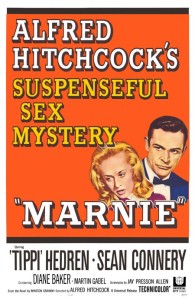 In Film,a legion of romantic movies depicting the naïve girl swept off her feet by a debonair older man have already been made for decades. There’s been a spectrum of the “love” story from the sweetly romantic to dark and forbidden. The classic psychological thriller Hitchcock film Marnie (1964), an apt example to highlight as a predecessor for 50 Shades as the plot of both films share man similarities. However in any discussion both films would be held to different standards. In Marnie a debonair businessman Mark, played by young Sean Connery, blackmails the femme fatale Marnie into marrying him as a way to rehabilitate her. The film plays out similarly to the entirety of the 50 Shades trilogy. Marnie is the Christian Grey to Mark as is Anastasia Steele in the plot of the film. Where Christian Grey is flawed and Ana seeks to rehabilitate him in his “unconventional interests” to become someone to love Mark also sought to rehabilitate Marnie from her’s. Both Christian and Marnie are scarred by their pasts and in both films it is through the sexual relationship that the two films chronicle that they are “healed”. Arguably both films have similar themes of the viewer as a voyeur into their lives as well but Marnie is considered a Hitchcock classic and 50 Shades of Grey is still a fad. While in his time Hitchcock was not an atypical filmmaker in the modern era his works are classics, with many holding his works to such a degree that it is said one could just learn film making from watching Hitchcock’s filmography. However despite other works sharing such similarities to the themes of his works to other works of similar themes many are not held to the same standard. Erotica and fiction of women as freely sexual beings is still considered a fad interest that could fade from mainstream discussion.
In Film,a legion of romantic movies depicting the naïve girl swept off her feet by a debonair older man have already been made for decades. There’s been a spectrum of the “love” story from the sweetly romantic to dark and forbidden. The classic psychological thriller Hitchcock film Marnie (1964), an apt example to highlight as a predecessor for 50 Shades as the plot of both films share man similarities. However in any discussion both films would be held to different standards. In Marnie a debonair businessman Mark, played by young Sean Connery, blackmails the femme fatale Marnie into marrying him as a way to rehabilitate her. The film plays out similarly to the entirety of the 50 Shades trilogy. Marnie is the Christian Grey to Mark as is Anastasia Steele in the plot of the film. Where Christian Grey is flawed and Ana seeks to rehabilitate him in his “unconventional interests” to become someone to love Mark also sought to rehabilitate Marnie from her’s. Both Christian and Marnie are scarred by their pasts and in both films it is through the sexual relationship that the two films chronicle that they are “healed”. Arguably both films have similar themes of the viewer as a voyeur into their lives as well but Marnie is considered a Hitchcock classic and 50 Shades of Grey is still a fad. While in his time Hitchcock was not an atypical filmmaker in the modern era his works are classics, with many holding his works to such a degree that it is said one could just learn film making from watching Hitchcock’s filmography. However despite other works sharing such similarities to the themes of his works to other works of similar themes many are not held to the same standard. Erotica and fiction of women as freely sexual beings is still considered a fad interest that could fade from mainstream discussion.
Does the new 50 Shades of Grey movie being in the mainstream discourse make it a ground breaking and a victory for feminism, because it has a female director and female protagonist, as it has been touted?
I wouldn’t agree.
Many other works of the same genre of higher caliber have had a female protagonist and presumably could have a female director if adapted for a film as well.
Is it feeding into a history of similar story tropes in the erotica genre that reflect back the social dynamics of sex that women navigate every day?
Yes.
Our every reaction is a reflection of the social structures we live and navigate in. 50 Shades of Grey will never be a masterpiece but it could be a catalyst for discussion. If 50 Shades of Grey is a joke and a fad, what relegates it to such when similar works have been gifted with the designation of “classic”?
What 50 Shades of Grey has done is create a new stream of open mainstream conversation around the traditionally stigmatized women dominated genre of erotica. The story itself isn’t innovative or anything different from other erotica novels but it is different for being chosen to be accepted into mainstream media. It is important to look at what has led to the film because with the commercial success of the first 50 Shades film there is certainly going to be a clamor for the next great erotica film. The next money maker now that the erotica genre has opened up to become a viable source of money. That “female entertainment” is not just for women after all. Making sense of the underlying factors of the discussion now will have to prepare us to better understand in the future when we could be having the legion of copycats parading through the theatres.


